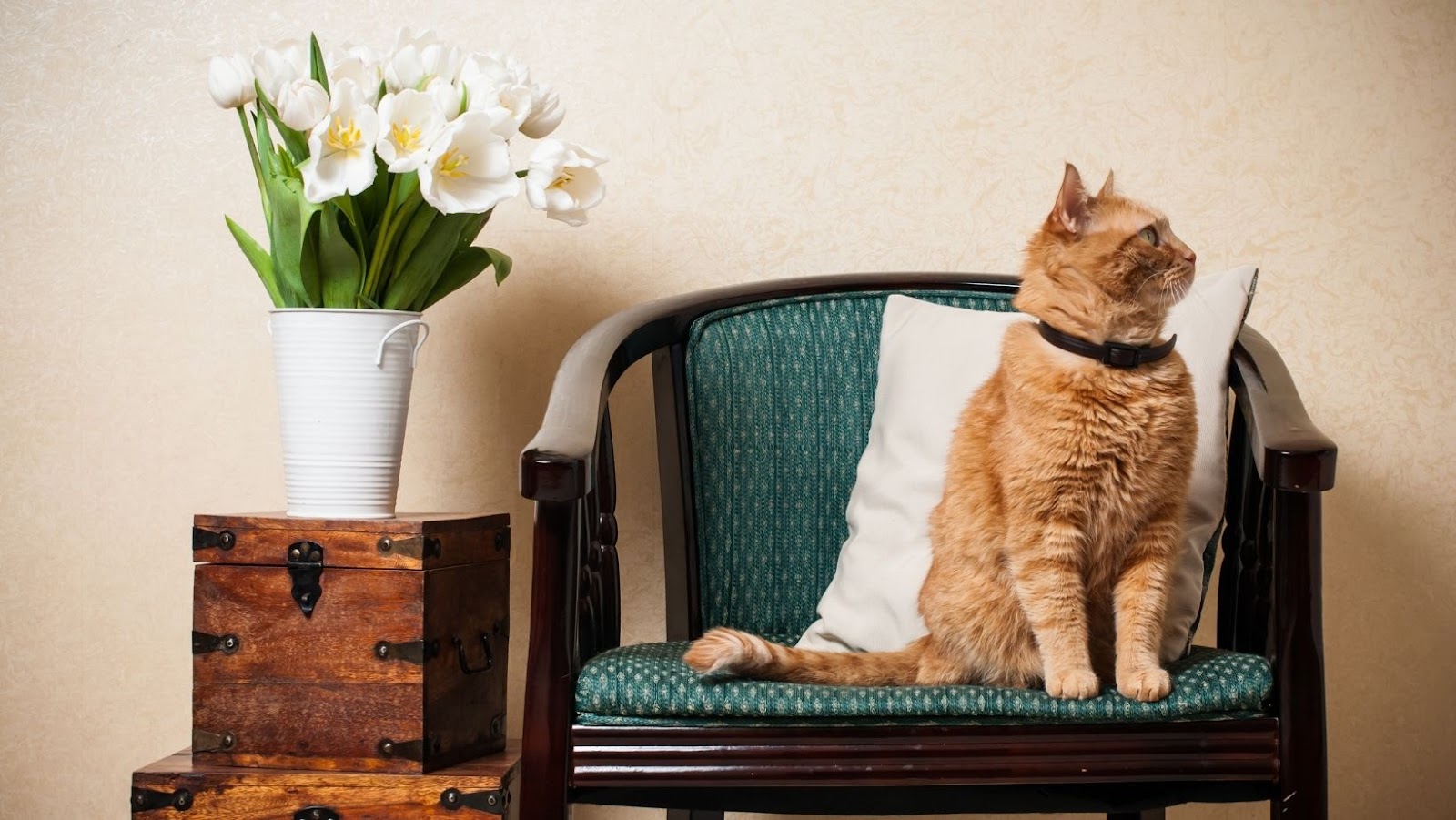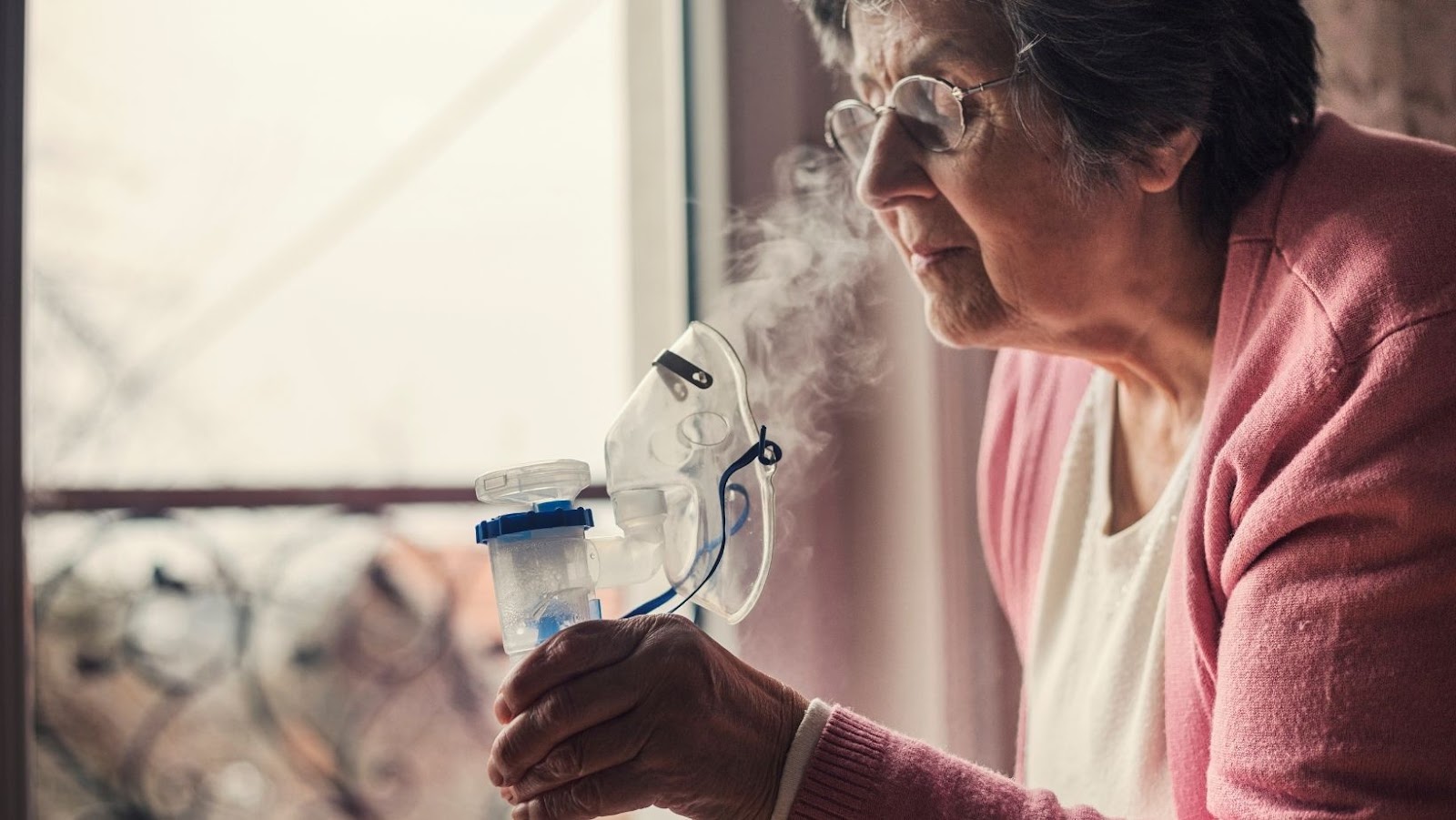
Euthanizing a cat at home can be a difficult and emotional experience. While there are a variety of options available to help put cats out of their pain and suffering, using tylenol pm is one of the most popular methods.
This guide will provide an introduction to the process and will explore all of the important considerations for making sure your cat is properly and peacefully euthanized with tylenol pm:
How to euthanize a cat at home with tylenol pm
Euthanasia is the humane process of ending a life to relieve pain and suffering. In pets, euthanasia is typically used to euthanize suffering animals that are incurable or terminally ill. Petty Tylenol PM (or acetaminophen and diphenhydramine) can be used as one method of euthanizing a cat at home with the owners acting in compassion and out of love for their pet.
In recent years, states have begun passing legislation allowing for at-home pet euthanasia in response to challenges such as financial constraints, logistical issues of getting the animal safely to a veterinarian’s office or clinic, and other difficulties presented by the current climate of pet ownership. Some pet owners may also feel that having their pet pass away peacefully at home is less traumatic for themselves and their animal companions than having them pass away in a veterinary office environment.
The goal of an at-home session should be to make sure the cat, who has suffered up until this point, has an incredibly gentle passing—one that causes minimal stress for everyone involved and honours your beloved companion’s life with dignity. As such, before embarking on any plans regarding at-home euthanasia through tylenol PM administration, it is important that you understand all aspects of this process—from what knowledge it requires on behalf of owners to how best to administer it correctly in order to ensure that euthanasia is done humanely.
Why is it important to euthanize a cat at home?
Euthanasia is often seen as the best solution for cats when it is no longer possible to adequately care for them due to illness, age, or injury. It can be a difficult and emotional experience for the pet’s family to take on such an emotional responsibility. By euthanizing a cat at home, it can provide a more peaceful end of life for your beloved pet by avoiding the stress of a veterinarian office and allowing them to spend their last moments in familiar surroundings with their family.
It is also important to consider options other than traditional methods when performing euthanasia on a cat at home. In some cases, this may include giving the animal tylenol pm instead of an injection. This may be preferred due to its simplicity and that tylenol pm is safe and effective when administered properly. In addition, providing details on how to euthanize a cat at home can allow families time to emotionally prepare while gathering the necessary supplies and information they will need.
When considering how to humanely euthanize a cat at home using tylenol pm, families must educate themselves on all aspects of administration beforehand as there are risks associated with providing too much or too little medication without professional guidance from a veterinarian. It is highly recommended that you speak with your vet before administering any type of medication for euthanasia purposes so that you can be sure you are providing the safest option possible for your beloved pet.
Tylenol PM as a Method of Euthanasia
Tylenol PM has been suggested as a potential method of euthanasia for cats. Euthanasia provides an option to owners who are faced with the difficult decision of having to put their pet to sleep. It is very important that the procedure is done in a humane and safe way. This article will look at the pros and cons of euthanizing a cat with tylenol PM:
What is Tylenol PM?
Tylenol PM is a combination analgesic and sleep aid containing the active ingredients acetaminophen and diphenhydramine. It is sold over the counter in the US and widely used to treat pain, reduce fever, and help with sleeping issues. Tylenol PM can be used as a method of euthanasia for cats when administered at recommended doses, but it should only be done when instructed by a veterinarian or trained animal care professional.
The dosage prescribed for euthanasia using Tylenol PM depends on your cat’s size, age, and health condition. Generally, adult cats require 5 to 6 milligrams per pound of body weight (0.1 to 0.2 milligrams per kilogram). The dose must be administered via direct injection into muscle, a procedure that must be done by your vet or an animal care professional familiar with proper administration technique.
Tylenol PM may not always be the ideal solution for pet euthanasia due to the need for direct muscle injection and supervision of the administration of medication by either a vet or an animal care professional. Also observe precautionary measures while handling Tylenol PM as it can cause harm if ingested in high doses or when handled wrongly even in small quantities.
Consult a certified veterinarian if you’re considering using Tylenol PM as part of your cat’s end-of-life plan in order to ensure that you are aware of all possible options available before making your choice and learn about factors such as dosages and other related topics that may influence the safety and well-being of your beloved pet during its last days on Earth.
How to administer Tylenol PM to a cat
Tylenol PM is a combination non-prescription drug made up of acetaminophen/paracetamol and diphenhydramine. The former is an analgesic/pain reliever, while the latter is an antihistamine that has sedative properties. This combination helps to relieve pain and induce sleep in animals including cats.
If you choose to use Tylenol PM as a method of euthanasia for cats, it should be administered under the professional guidance of a vet or another qualified professional with animal welfare or veterinary experience. It’s important to remember that euthanasia must be done with care and respect for the animal’s welfare.
To administer Tylenol PM as a humane method of euthanasia, follow these steps:
- Calculate the correct dosage based on your cat’s body weight: one milligram per pound (1 mg/lb).
- Mix the powder form of Tylenol PM with either plain water or tuna juice (to make the medication more palatable) until you create a paste-like consistency.
- Using either a syringe or spoon, give your cat their medication orally – they should swallow it voluntarily when given according to their needs and tolerances, otherwise it can be administered with a soft cloth, or via injection by your vet if required.
- Monitor them carefully over the next few hours until they pass away peacefully from sleep – this process may take several hours but can take up to 24 hours in some cases before death is pronounced permanently.
Other Methods of Euthanasia
Euthanasia is a difficult topic to talk about, but sometimes it may be the best option to give the animal a peaceful death. One method to consider is using Tylenol PM to euthanize a cat at home. In this article, we’ll discuss other methods that can be used for humane euthanasia. We’ll explore modern and traditional methods, and their effects on the cat.
Injectable drugs
Injectable drugs are one of the most common and quickest ways to euthanize an animal. The specific drugs used depend on the size, condition and age of the animal, but in general, a short-acting barbiturate or anaesthetic is injected into the muscle or veins by a veterinarian or veterinary staff member. Common drugs used for euthanasia include pentobarbital sodium and thiopental, which cause respiratory depression followed by cardiac arrest. Nembutal (pentobarbital sodium) is often given as a single dose intravenously. These drugs can be used on cats as well as other animals as long as they are administered properly.
It is important to note that these methods require professional training and expertise due to their highly potent nature, so they should not be attempted at home.
Carbon dioxide
Carbon dioxide is another method of euthanasia. This can be done by using a machine called a Carbon Dioxide Chamber, or pneumatically by administering carbon dioxide directly from an attached gas source through specially designed small tubes to be placed in a chamber that is filled with the gas.
Carbon dioxide is a non-painful and humane method for carrying out euthanasia in cats, as the animal inhales deeply before going into an unconscious state, which eventually leads to death. Carbon dioxide releases carbon dioxide and water into the environment when cats are euthanized in this manner. The gas works on the central nervous system of the cat, inducing unconsciousness and then death making it one of the most effective but also expensive ways to end the pain of your pet.
Inhalation
Inhalation is a more humane method for euthanasia when done correctly. Inhalation involves providing the cat with a gas that has been charged to the air, such as carbon dioxide or nitrous oxide, resulting in euthanasia within minutes. This method carries two risks; one being that the cat may struggle which can make it difficult, if not impossible, to maintain the proper concentration of gas and two; that an improper mix of gases can cause unwarranted suffering until euthanasia is achieved.
Inhalation can be accomplished at home with a specialised mask or chamber operated by gas, but due to difficulty in ensuring an exact mixture of gases and potential danger of exposing both yourself and your cat to hazardous levels of gas, this is not recommended without professional assistance. It can also be performed by qualified professionals using higher concentrations of sedating gases than those used at home and are generally considered safer and more effective than other methods.
Conclusion
Euthanizing a pet cat is a difficult decision and should not be taken lightly. There are many other methods that can be used to humanely and safely euthanize a cat, such as injections or exposure to a lethal gas. However, for those who are looking for an at-home solution, Tylenol PM can be an effective option.
In this article, we have discussed the pros and cons of using Tylenol PM to euthanize a pet cat, as well as explored other ways to humanely end your pet’s life.
Pros and cons of using Tylenol PM
Using Tylenol PM for euthanasia at home can provide a peaceful death for cats, with the bereaved pet owner being in control of the situation. Being able to spend time with a beloved pet during its last few moments of life, while difficult, may also be considered a positive by some.
However, due to the lethal nature of Tylenol PM and its potential for abuse, it is important that pet owners understand both the risks and benefits associated with using this method of euthanasia.
The Pros:
- Quicker than other methods of euthanasia
- Easily obtained from pharmacies
- Owner is in control and can make end-of-life decisions
- Immediate death once given (avoiding unforeseen complications)
The Cons:
- Potential drug toxicity and overdose if not given correctly or in proper quantities
- Risk of fatal side effects if not administered under veterinary supervision/monitoring
- Violation of federal laws governing controlled substances (Tylenol PM is classified as a Schedule II drug)
- Possibility that pet’s physical condition will not be monitored throughout euthanasia process
The importance of consulting a veterinarian
It is always important to consult with a veterinarian when considering any medical option for your pet. Euthanasia is a difficult process and it is imperative that you seek appropriate guidance and support in order to make sure the process is carried out in a humane, stress-free and safe manner for both you and your cat.
Tylenol PM may be an option if the necessary professional help cannot be sought, however this should only be considered as a last resort. There are other options available such as administering sedatives via injection or inhalation. It is important to remember that not all cats will respond the same way – each individual animal responds differently to different medications, so it is important to seek advice from an expert first if possible.
In addition, euthanasia should never be used as a method of convenience or punishment; it should only take place when the pet’s quality of life has deteriorated to an unacceptable degree and all other alternatives have been exhausted. If euthanasia via medication at home becomes necessary, you must make sure that it takes place under strict safety guidelines and with the guidance of a trained professional in order to ensure the welfare of both you and your pet.














